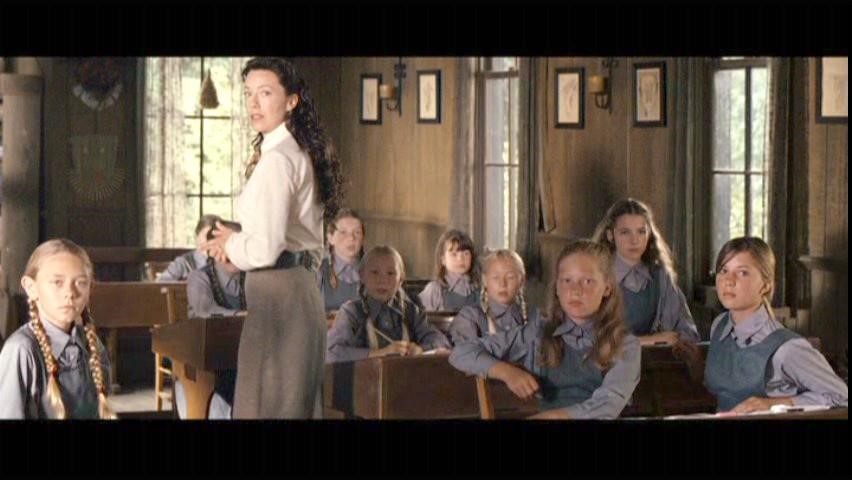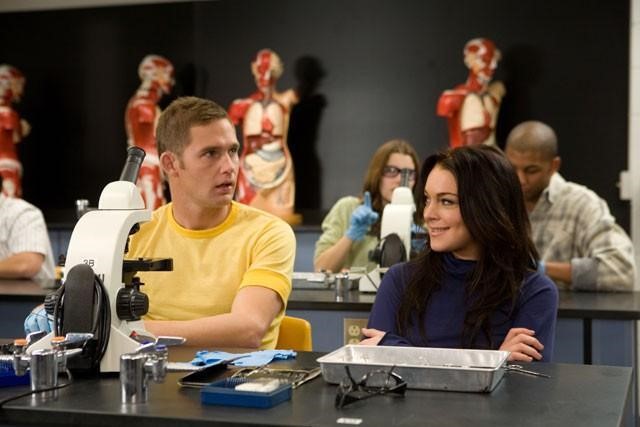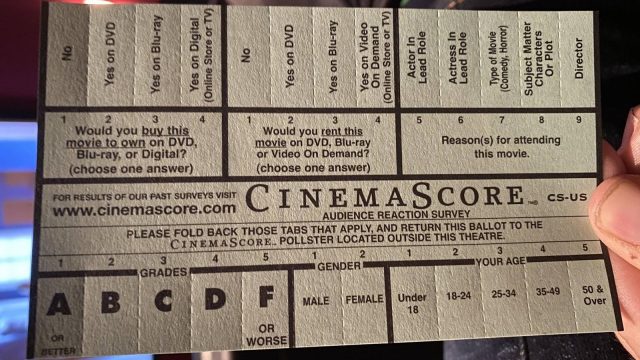CinemaScore purports to know what “real” people “really” think about movies. They find these “real” opinions by conducting surveys in all of America’s most well-populated sewers and most rundown mental asylums and then filtering those results through a secret algorithm that consistently and mysteriously spits out high grades for expensive studio movies and lower grades for independent and art house films.
CinemaScore makes money by selling their research to studios who then use those numbers in their marketing. Mostly what CinemaScore measures is the accuracy of a film’s advertising, something that is amplified by their algorithm that reduces the scores of divisive movies and boosts the scores of mediocre but uncontroversial films. Still, as useless as they may be as a measure of quality, it’s noteworthy how few movies actually receive an F. For all of CinemaScore’s tampering and sabotage, they’re still providing something akin to an average of what people who paid to see a movie on its opening night thought of it. It’s difficult to generate such extreme negative reactions from such a friendly crowd.
Since CinemaScore began operation in 1979, only 19 films have received the lowest score. In this series we’ve discussed those 19 films. This week, we reflect back on what we’ve learned.
So What Where They?
These 19 films can be broken up into four distinct categories. Four are hidden gems, near masterpieces that everyone ought to track down as soon as possible. Five are flawed but interesting and worthwhile movies, worth seeing if the premise or genre appeals to you, but best approached with tempered expectations. Five are hilarious trainwrecks, great to watch with the right group of friends, if you’re into that sort of thing. Four are forgettable mediocrities. And one is a goddamned moral hazard.
The Gems
Eye Of The Beholder
mother!
In The Cut
Bug
The Cautiously Recommended
Lost Souls
Silent House
Solaris
Killing Them Softly
Wolf Creek
The Mockables
The Box
FearDotCom
Alone In The Dark
The Wicker Man
I Know Who Killed Me
The Forgettables
Darkness
Dr T And The Women
Lucky Numbers
The Devil Inside
The Abomination
So Why The Fs?
When I started this series I had an expectation for what I would find: Misleading marketing, misguided star vehicles, excessively ambitious genre films, and movies with overt sexuality.
Sex ended up not playing much of a role at all. With the exception of In The Cut, these are (to my unending disappointment) a relatively chaste set of films. Likewise, the movie stars were less of a factor than I anticipated. About half these films could be called unconventional star vehicles, but only one or two seem to be actively subverting their star’s persona. Ambition was far more common, and 15 of the 19 would likely have escaped their fate with a more conventional finished product.
But more than anything else the marketing was responsible for drawing in an audience that was predisposed to disliking the film. Every movie on that list (with the exception of Disaster Movie which really is just genuinely that bad) had an ad campaign that was at least a little misleading, and most were outright fraudulent.
Two other major factors emerged over the course of the series. The first, which is fairly obvious in retrospect, is that nearly every one of these films has some issue with its ending. Twelve of the nineteen have downer endings. Eight end anticlimactically. Six have absurd endings, tonally at odds with the film that builds up to it. One has an inappropriately happy send off. And Disaster Movie ends with a drawn out Love Guru (B-) reference and yet another musical number. Whatever feeling you leave the audience with is what they’ll be thinking of as they fill out their survey cards.
But what I was most surprised by is how many of these films deal with or in misogyny. Only four of the nineteen films (Darkness, Solaris, Lost Souls, and Alone in the Dark) don’t direct some degree of violence or humiliation at their female characters – and that’s not even true, since three of those are horror movies and the fourth depicts George Clooney driving two wives to suicide and murdering a third. Eye of the Beholder, Bug, and especially In The Cut are movies about misogyny, rather than misogynistic films in their own right, but they could still be a rough watch for an unprepared audience. mother! and Wolf Creek also depict violence against women in a way that is intentional rather than voyeuristic, but in both cases the level of brutality may not be necessary for the point the films are trying to make, and a good portion of their audiences were justifiably alienated.
The violence in FearDotCom, Silent House, and The Devil Inside is more typical of their genres, and likewise the misogyny of Killing Them Softly is confined to a few sexist comments, an objectifying portrayal of a minor character, and an absence of any significant female characters, sins not at all uncommon in that particular breed of crime film. Lucky Numbers is also less extreme but has a pretty harsh view of its only major female character and gives her a particularly humiliating ending, while its male characters are left happy and rich. I Know Who Killed Me is pretty rough, Dr T And The Women is broadly insulting, and The Box ends with the protagonist murdering his wife in order to prevent his son from suffering a significant, but not life threatening injury. Both The Wicker Man and Disaster Movie outright despise women, and their directors should be put on a list.
So Were They Right?
When I started this series I expected to come away from it with a pretty negative view of opening day audiences. I figured I’d agree with them here or there, but mostly be annoyed by the unadventurous prudes who rob the rest of us of a riskier more experimental cinema.
In reality, again and again, I came away from the films both thinking that they were pretty good and/or entertaining movies, and also totally understanding why a lot of people would dislike them. Only one of these films deserves an F (and ironically it’s the one where I have the least sympathy for its audience), but you also can’t surprise people with an uncensored live birth of a baby, or let your protagonist be tortured to death, or accuse your audience of being cannibalistic rapists for the sin of continuing to exist on the planet, and not expect to get a little pushback. The rubes may be rubes, but they paid good money and ought to get an honest product.

So What’s Next?:
It’s been a lot of fun writing this series, and I don’t want to stop.
Of course, as long as CinemaScore is still issuing grades, this series will never be truly finished. But CinemaScore seems to have once again adjusted its formula, and after issuing no Fs from 1978-2000, and then 19 from 2000-2012, we’ve had only 1 in the last 8 years.* And one article every few decades is too slow an output even for me.
I may cover some of the movies that have received a D-, which is functionally the same as an F, and a similarly interesting list. (Directors covered include Spike Lee, Roman Polanski, Cameron Crowe, George Clooney, Martin Brest, and Stanley Motherfuckin’ Kubrick). Unfortunately it’s been difficult to find a complete list, and movies that were mostly rejected by audiences are inherently less interesting than movies that were absolutely rejected. If I go this route, it’ll likely be a less completist series with an even looser schedule.
Instead, I’d like to announce Career Killers! (or some other cleverer name!): a series following films that have sunk studios, derailed genres, ended movements, and left their writers, directors, or stars unemployable. I’ve got a short list to start with, and I’ll drop a comment down below for recommendations.

* Edit: Hey ho, what do you know, looks like I’ll be returning to this series sooner than I thought.

